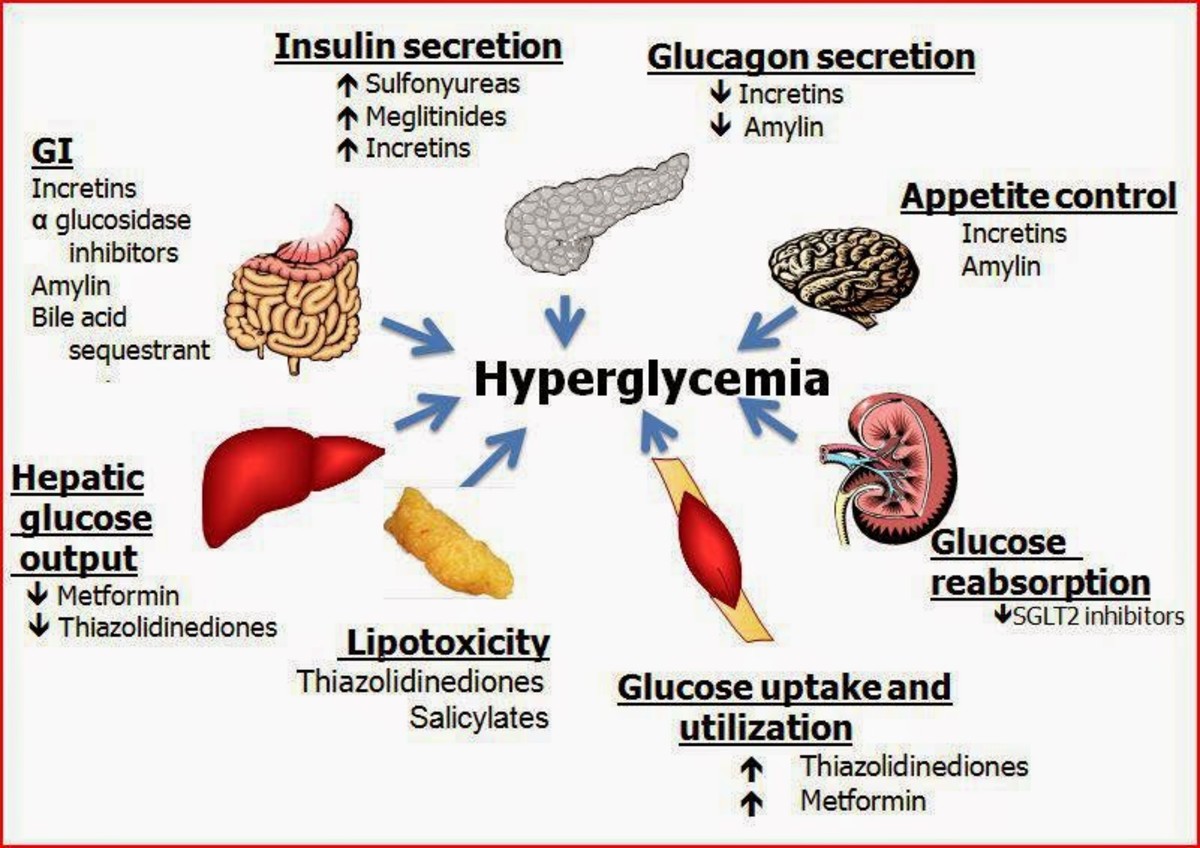Simple Ways of Managing Erectile Dysfunction
Sexual problems imply that one’s heart is literary broken. This owes to the fact that a man with ED is incapable of having healthy sex since he cannot have or maintain an erection. Erectile dysfunction is currently considered the most common sexual problem occurring in men. Statistical figures point out that more than 30 million men in U.S alone are affected by erectile dysfunction. In order to deal with the problem affectively, it becomes critical for sexology professionals to seek an understanding of the issue and its causes before providing therapeutic solutions. Without this understanding, there is a less likelihood that the problem will be addressed at all. Factors that cause erectile dysfunction may range from historical factors, health issues, and sexual life and other factors. Sexology professionals have to undertake a thorough examination of a patient in order to ascertain the likely causes and other medical conditions behind the problem.
There are various studies, which have examined the prevalence of erectile dysfunction among various societies. A study conducted by Lopez et al (2008) established that ED becomes more prevalent with the progression of age. For instance, more than 40 percent of men are affected. This rate continues to increase with age from 5% to 15% up to 70 years. According to this study, age was strongly associated with ED. Following age adjustment, there is also higher probability of ED for individuals with heart attack, diabetes and hypertension, as well as the related medications. When hypertension and heart disease was coupled with cigarette smoking, a higher probability for ED was noted. This study suggests that there would be approximately 17,781 new cases of ED in Massachusetts and 617,715 in U.S in an annual basis.
A social life survey conducted by Schwarz et al (2008) focused on the sexual function in both men and women. In support of the findings by Lopez et al, it identified an increase of erectile dysfunction with age. In addition, the study established a decrease of sexual desires with an increase in age. In particular, men within the age group of 50-59 years had a three times probability of experiencing erectile dysfunction. In addition, the men in this cohort had declined sexual desires when compared with men within the age of 18-29. Further, it was identified that men with poor emotional and physical health were more vulnerable to sexual dysfunction. The authors pointed out that sexual function was a critical public health issue and added that emotional issues were among the factors that contributed this problem.
Heidelbaug (2010) explains that there is no first line or preferred diagnosis for erectile dysfunction. In addition, he does not recommend regular screening as a form diagnosis. Rather, physical examination and taking a patients history are adequate in making accurate diagnosis for ED. The initial evaluation of ED may include a complete sexual, medical and psychological history of the patient. The medical and health history may indicate the prevalence of cormodit condition, some of the risk factors associated with erectile dysfunction. Sexual history ought to focus on altered libido, erection adequacy, timing and quality of orgasm, appearance and volume of ejaculation. Other indications are penile curvature, sexually induced genital pain and sexual function of the partner. A common instrument utilized in assessing the severity of the ED symptoms includes an international index of erectile function questions that consists of five items.
Physical examinations on the other hand, should focus on assessing the heart rate and blood pressure as well as the genitourinary systems. Other aspects to be considered include assessment of body habitus for central obesity, digital rectal and cardiovascular systems. Diagnostic testing for men should include fasting lipid panel, serum glucose level, thyroid-stimulating hormone test and total testosterone level. In situations of ED refractory on standard therapies, additional urologic evaluation and diagnositic, testing may be warranted.
Wood and Lakin (2015) identified the risk factors for ED as including atherosclerosis, hypertension, hyperlopidemia and cardiovascular disease. Other factors include depression, diabetes, alcohol use, obesity, neurologic disease and smoking. The authors gave examples of neurologic conditions, which could lead to ED. They include multiple sclerosis, vascular disease, spinal code injury and Parkinson disease. In some instances, diabetes and vascular disease could result into neurovascular abnormalities in ED. Moreover, surgery for bladder, prostate cancer or colon may disrupt both vascular and neural pathways leading to ED.
Laumann et al (2008) set out to assess the occurrence of sexual issues across various socio-demographic groups. The authors were also interested in finding out the risk problems for ED issues in a diversity of life domains. The methodology included analyzing 2005-2006 data from the National Social Life, Health, and Aging Project. The sample included 1,455 men aged 57–85 and 1,550 women. The sample was considered a national representative of the population. Among the findings in this study is that the elderly are not considered as an inevitable effect of aging. Instead, they are responses to the prevalence of stressors in multiple life domains. In some ways, the impact is gender differentiated, with the sexual health of women being more differentiated to their physical health when compared with men. The mechanism in relating stress with sexual issues has a likelihood of relationship dissatisfaction and poor mental health. However, the results demonstrate a consistent effect on poor mental health on sexual problems for women when compared to the relation to the problem of men.
On their part, Colson, and Roussey (2012) links diabetes as one of the risk factors for erectile dysfunction. The authors explain that while one man in five is affected by erectile dysfunction in the whole population, this prevalence is five times more among patients who have diabetes. Moreover, erectile dysfunction commences 10-15 years earlier among diabetic patients than in patients who have no diabetes. There is a notable semeiological value among ED patients with diabetes; showing a notable change in diabetes and its effect on the organs. Colson and Roussey points out that right from its onset, erectile dysfunction are related with major emotional and relationship problems. Among diabetes patients, these effects are more serious and lead to deterioration in all life aspects. Further, it also led to decreased tolerability to diabetes constraints and which sometimes harbors an impact on metabolic balance and therapeutic compliance.
Management of erectile dysfunction may include modification of lifestyle. This may include modifying pharmacotherapy and lifestyle changes, which contributes to the occurrence of ED. For instance, a sedentary lifestyle, which is a significant contributor to cardiovascular disease is among the risk factors for ED and should be changed accordingly. Another major risk includes obesity, which doubles the risk for ED cases. Studies by Melnik et al (2007) have pointed out that approximately a third of the men who were obese could significantly manage their ED with regular exercises and moderate weight loss. The author also explains that for men who smoke, the risk of total or moderate erectile dysfunction may be higher when compared with men who did no smoke.
Individual or group psychosexual and cognitive behavior therapy may help in a great deal in improving sexual dysfunction among men. A study by Melnik et al (2007), established that men who were subjected to group therapy were able to manage their ED when compared to those who received none. The researchers also found the education, concerning psychosocial and medical etiologies of ED alongside the reassurance by the physicians were enough in restoring normal sexual functioning among males.
Summary
Erectile dysfunction is a common problem among men. In most cases, the problem is a sign of clogging, atherosclerosis or narrowing of the blood vessels, which triggers heart attacks. Usually, ED comes 3 to 5 years prior to heart attack, hence when ED is diagnosed, it is prudent to treat atherosclerosis and avert heart attack. Treatment of atherosclerosis involves medication, exercise, and appropriate diet. It is also important for patients to modify their lifestyle accordingly.
Sexology professionals are required to undertake a complete drug history, especially in regard to the drugs and antihypertensive medications utilized in cardiovascular disease, depression, anxiety or psychosis in patients with ED. Antihypertensive drugs including beta- blockers and diuretics could be related with ED and should be alternated with other medications.
When treating ED, sexology professionals and physicians should not only consider their physical health, but also their psychological health. In most cases, practitioners encounter a number of difficulties and barriers in regularly screening erectile dysfunction among patients with diabetic disorders in the course of treatment. Nevertheless, there is a possibility of achieving success as well as improving the clinical practice in better integrating screening and treating not only ED but also other sexual pathologies among patients. Finally, it is important that health practitioners go beyond their demand and propose effective solutions that are adapted to their needs.
Patient education should generally aim at increased weight loss and exercises to achieve body mass index, which is less than 30 kg per m2. What is more? Men with ED problems should be informed on the necessity to stop smoking and other risk factors that contribute to the problem of erectile dysfunction.








